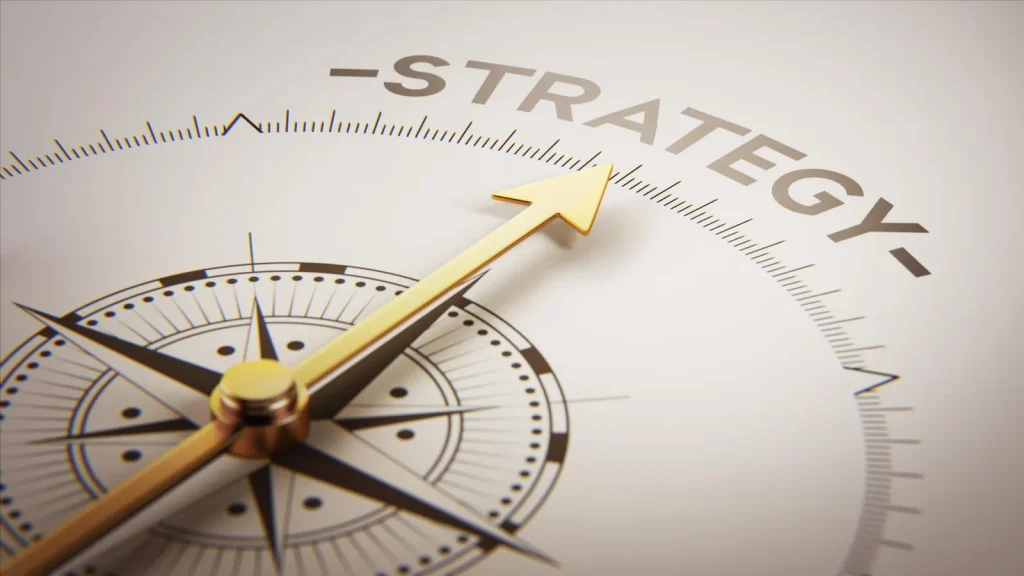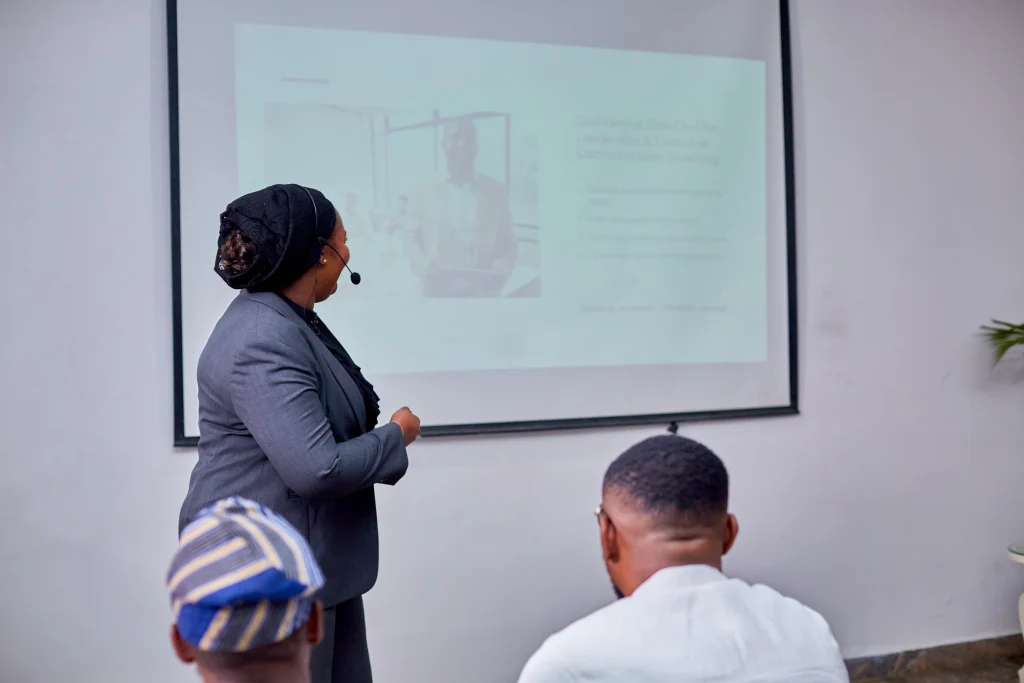In a world where words often dominate, non-verbal communication serves as a powerful and often underestimated form of expression. Research suggests that as much as 93% of communication is non-verbal. This statistic emphasizes just how much we rely on silent cues—such as facial expressions, body language, eye contact, and even time management—to convey thoughts and emotions. Our brains are hardwired to interpret these cues rapidly, often without conscious thought. Understanding the neuroscience behind non-verbal communication can help us become better communicators and foster more meaningful connections.
The Brain Behind the Silence
The human brain is remarkably equipped to process non-verbal communication. Here’s how three essential brain areas come into play:
- Amygdala: Often called the brain’s emotional processing center, the amygdala plays a critical role in interpreting emotional intent. It can detect fear, anger, or happiness in others’ facial expressions, allowing us to respond accordingly, sometimes even before we’re fully aware of the emotion.
- Hippocampus: This part of the brain is integral to memory formation. When we receive non-verbal cues, our hippocampus links these signals to past experiences, helping us form associations that influence our future interactions. For example, a warm smile might remind us of a comforting memory, encouraging us to feel relaxed.
- Mirror Neurons: Discovered relatively recently, mirror neurons are empathy-activating cells in the brain that allow us to “mirror” others’ emotions. These neurons enable us to mimic the feelings of those around us, making non-verbal communication contagious. If someone near us is smiling, mirror neurons make us more inclined to smile as well.
8 Key Non-Verbal Cues to Master
Mastering non-verbal communication requires an understanding of the various cues that influence how others perceive us. Here are eight essential non-verbal cues and tips for using them effectively:
- Facial Expressions: Our faces are capable of conveying countless emotions without uttering a single word. Movements of the eyes, brows, and mouth, such as frowning or rolling eyes, can immediately signal emotions like anger, joy, or skepticism. To communicate effectively, it’s essential to align facial expressions with verbal messages to avoid confusion.
- Eye Contact: Eye contact plays a powerful role in building trust and establishing connection. Looking someone in the eyes signals confidence and attentiveness, while avoiding eye contact may convey disinterest or discomfort. Effective communicators use steady, natural eye contact to create rapport without staring, which can feel intrusive.
- Kinesics (Body Movements): Body language includes gestures, posture, and physical movement. A relaxed, open posture with occasional gestures emphasizes openness and attentiveness, while crossing arms may signal defensiveness or discomfort. Observing and mirroring others’ body language can help establish rapport and understanding.
- Haptics (Touch): Physical touch is often cultural and can vary greatly in meaning. A firm handshake can convey confidence, while a gentle pat on the back can express support. However, it’s important to be mindful of personal boundaries, especially in professional or intercultural settings, as touch can be easily misinterpreted.
- Proxemics (Space): The way we use physical space conveys our comfort level with others. Standing too close might feel invasive, while too much distance can seem aloof. For instance, a slight lean-in during a conversation can show interest, while taking a step back signals a need for personal space.
- Paralinguistics: The tone, pitch, volume, and speed of our voice all fall under paralinguistics. Variations in these aspects can drastically alter the meaning of spoken words. Speaking at a steady pace with a warm tone, for example, communicates calmness and confidence, while a hurried, loud voice may suggest stress or impatience.
- Props and Physical Appearance: Clothing, grooming, and even personal objects can non-verbally communicate aspects of our personality, status, and intentions. The colors we wear, how well-groomed we are, or the style we choose can make a lasting impression, so be intentional about using these as tools to reinforce your message.
- Chronemics (Time Management): The way we manage time is also a form of non-verbal communication. Responding quickly to emails or arriving on time shows respect and reliability, while delayed responses or lateness can suggest indifference. Chronemics also encompasses pauses in conversation, which can give time to reflect and add emphasis.
Building Mindful Non-Verbal Skills
Developing an awareness of non-verbal communication skills can significantly enhance your ability to connect with others. Here are some tips to hone these skills:
- Practice Mindfulness and Self-Awareness: Mindfulness helps you become more aware of your body language and facial expressions in the moment. Regular practice can lead to a better understanding of how your emotions are outwardly expressed.
- Observe Others: Observing how others use non-verbal cues can give you a better grasp of subtle signals. Watch people in various settings—meetings, casual conversations, or public events—and take note of how body language complements or contradicts their words.
- Seek Feedback: Ask trusted colleagues, friends, or family members for feedback on your non-verbal communication. They may notice habits you’re not aware of and offer valuable insight on how to improve.
- Reinforce Positivity: Align your non-verbal cues to project positive and approachable energy. This may involve maintaining an open posture, smiling naturally, and using eye contact to show engagement.
Mastering non-verbal communication is not just about learning specific cues; it’s about tuning into the emotions, intentions, and unspoken needs of others. By becoming more attuned to these silent signals, you can communicate more genuinely, build better relationships, and create an environment of trust and empathy—one that transcends words.







